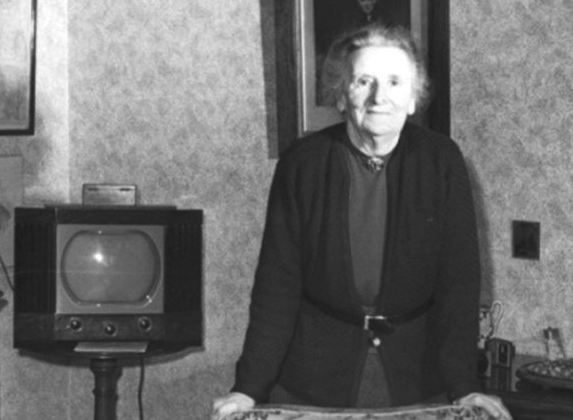THE sad event of 8 September 2022 has set me thinking back to the Queen’s Accession on 6 February 1952.
 At this time I was a 17 year old pupil at Fettes College in Edinburgh, keenly studying chemistry and physics while trying to avoid serious injury on the rugby field.
At this time I was a 17 year old pupil at Fettes College in Edinburgh, keenly studying chemistry and physics while trying to avoid serious injury on the rugby field.
Classes were interrupted by an urgent message from the Headmaster summoning the school to a parade in front of the main building. As we assembled, the whisper went round that King George VI was dead. This came as a shock, because the press and the radio had declared that the King’s health was stable after his lung operation a few months earlier.
Princess Elizabeth and the Duke of Edinburgh had flown out on an African tour, from which they had to return hurriedly upon hearing the news of the King’s death. At the Fettes parade, the Headmaster formally broke the news and called for a minute of silence.
He told us that the school had entered a state of mourning and those with families nearby could join them for a few days. For me this meant a visit to Helensburgh, to my aunt Annie’s house “The Lodge” where my father had been born in 1888 and spent the first twenty years of his life.
Television had yet to reach Scotland in February 1952, but a few weeks later the BBC opened its Scottish transmitter at Kirk o’Shotts and its studio in Edinburgh. One of the TV rental companies kindly arranged for Aunt Annie to have the use of a 12-inch set, free of charge
vv

This picture shows her posing proudly in the book-lined study of the old house. The TV set looks decidedly out-of-place in the study!
Enormous effort went into the planning of the Queen’s Coronation on 2 June 1953. Britain badly needed cheering up after many years of wartime hardship and post-war austerity; much stress was placed on Britain’s links with the Commonwealth countries, which sent squads of troops to take part in the Coronation parade. Another important consideration was the role of television.
The young Queen Elizabeth was enthusiastic about television and had no objection to full coverage of the service in Westminster Abbey. This was provided solely by the BBC as several years were to elapse before the start of independent television. The Coronation broadcast was one of the high spots in BBC history.
Back in Helensburgh, the flickery 12-inch black and white TV set was pressed into service for invited friends and neighbours. The curtains of the study were drawn and the windows were closed and the atmosphere was so stuffy that I developed a bad headache and had to take a break in the garden.
* As a postscript, may I add that although television had become a mass medium in the 1950s, it still had further developments ahead. Transatlantic high definition television was not possible until the introduction of communications satellites in 1962, while colour television did not arrive in the UK on a regular basis until 1967.
This article appeared in the Newsletter of the Museum of Communications, Burntisland, Fife. by Malcolm Baird





